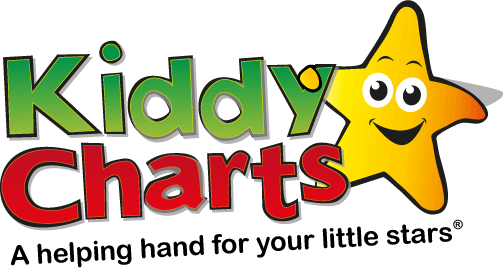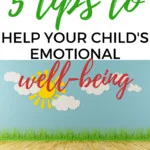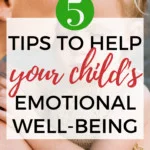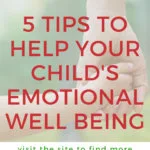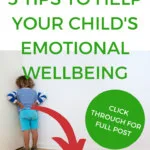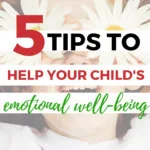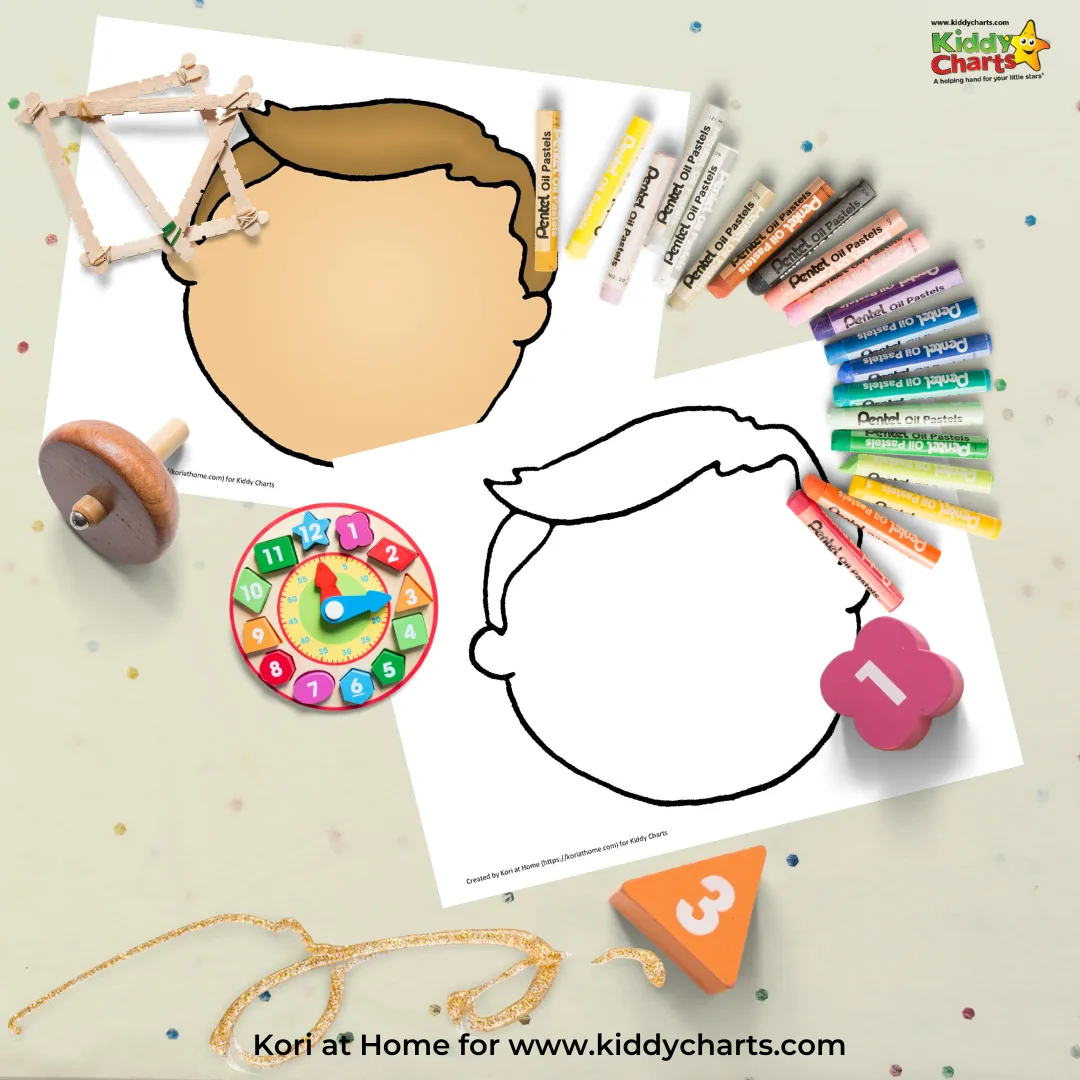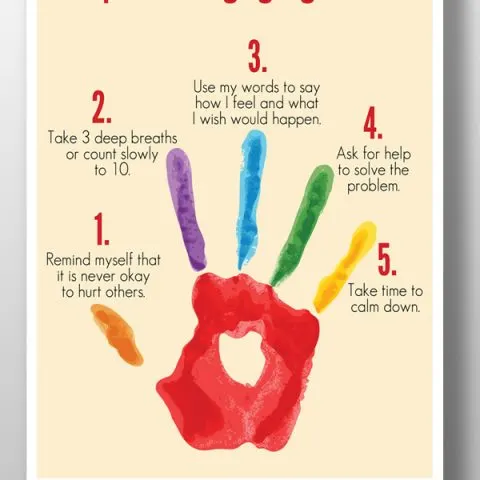Emotional wellbeing is a term that we hear a lot now, on television and in magazine articles, but what exactly is it and how can we build emotional wellbeing in our children? Hopefully, we can answer these questions for you, as well as provide some helpful tips that you can blend into your everyday life. We hope our tips for boosting your child’s emotional well-being.

Emotional wellbeing is a state of wellbeing, whereby a person feels confident in their own abilities, can cope with the everyday stresses of life and who can contribute to their community.
We are a team of Psychologists who have worked closely with other experts to create WellRead. WellRead is a free new website designed to help you boost your child’s emotional well-being through a combination of storytelling and targeted conversations. WellRead contains a curated collection of short stories for you to read to your child before bedtime. Each story is accompanied with a series of tailored questions to ask that will spark conversations about a range of important emotional wellbeing topics.
We have gained lots of experience helping young people live happier and healthier lives through our work. With that in mind, here are our top five tips for boosting emotional wellbeing in your children
1. Practice active listening

Listening to our children is important, however active listening is about more than just hearing their words. Being patient, accepting, and engaged in our listening can make all the difference to a child’s emotional well-being. We can take a more active stance on listening by incorporating these techniques into everyday conversation:
- Remove distractions, like phones or laptops from the area.
- Make and maintain eye contact with your child.
- Demonstrate listening visually through head nodding, or verbally.
- Summarise and ask follow-up questions to clarify what your child has said.
When a child feels heard they know that their thoughts feelings and ideas are valued, and this can boost confidence.
2. Support their emotional expression

Often children communicate their emotions in the form of venting, crying, silence, or quarreling. Acknowledge their emotions when they feel them and give them space and time to express and process their emotions. Use emotional language yourself too so your child can learn how to describe how they feel to others. This will also help them to understand their emotions. Don’t down play how they feel. Instead of asking “how was your day”, try breaking it down and ask “what’s something that made you laugh, smile, sad today?”. Simple language really helps. Offer comfort and share tips on ways they can manage emotions.
3. Help them become a problem solver

It’s natural to feel like wrapping your child in cotton wool sometimes but learning how to solve problems and overcome difficulties themselves is an essential skill for building their emotional wellbeing. As a parent, you can support their development of problem-solving skills by allowing them to practice problem solving in controlled situations.
- Identify and talk about the problem with them
- Stand back and see how they handle the problem
- Show them how you problem solve –think out loud
- Offer them some possible solutions if they’re stuck
- Praise them for trying to problem solve, even if they don’t get it right first time
Keep in mind that mistakes are ok and are a part of the process. They might get frustrated sometimes but if they do, remind them that not everything needs to be solved immediately – give them time to come back to the problem
4. Create one-on-one time

Life can be hectic at times. We have many commitments to juggle in our lives and not enough hours in the day. Creating one to one time for you and your child can be tricky but it’s worth it. By doing so, you’re helping strengthen your bond with them while also enabling them to form healthy and sustainable relationships in adulthood. When a child feels seen and heard they feel important and loved. These positive emotions form the foundation of their emotional development, teaching them to be open to giving and receiving love while also having many health benefits such as reduced stress levels and improved well-being.
One to one time can take many forms and doesn’t have to be a grand gesture, the most important thing is that you’re there.
5. Teach them to be kind

Teaching kids to be kind to themselves is one of the most important skills they can learn. It so easy for kids to judge themselves nowadays with celebrities and all the pressures of social media. Children learn through modelling so an important first step is to lead by example. A good way to show them kindness is to begin by being kind to yourself. Making self-care a priority helps balance your mind and body and shows them they can do the same. This can be done by allowing yourself and your child the time to do things that bring you joy, playing games, drawing, going for a walk. Speak encouraging words to yourself and your child. Try and avoid being self-critical as children can model this behaviour, teach them that its’ okay to not be okay and allow them to express how they feel.
We hope you enjoyed reading about some of the different ways you can help build your child’s emotional well-being at home. If you want to learn more about caring for your child’s well-being, why not try WellRead. You can sign up for free today at www.mywellread.com. We’d love to see you stop by!
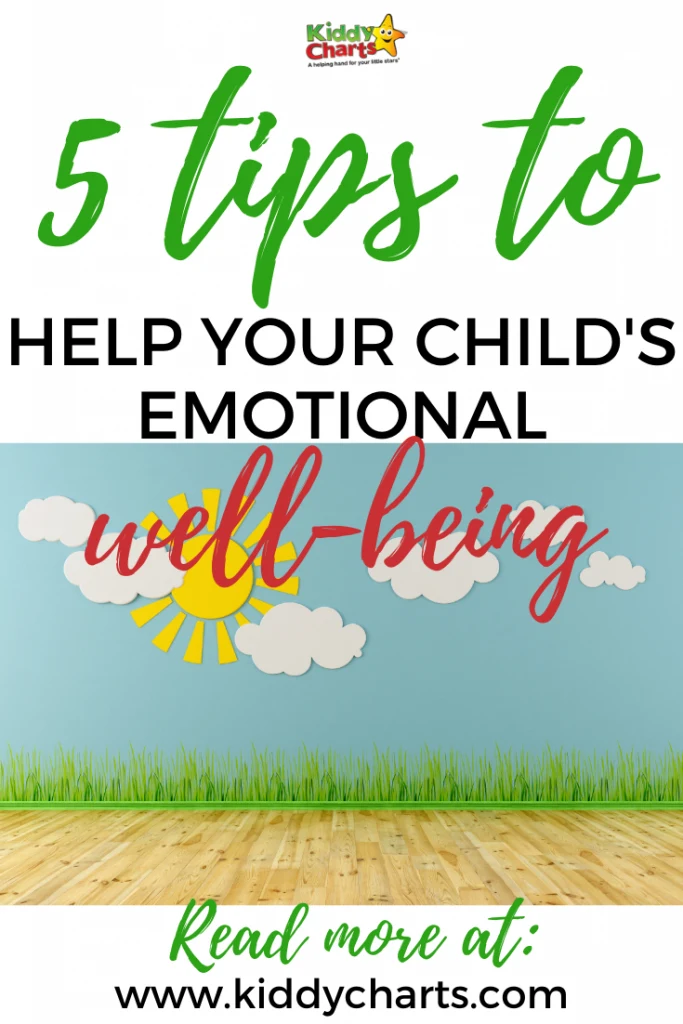
We hope you enjoyed this post. These next posts from the site should give you some good advice on helping your kids with their emotions:
Parenting tips to help your child's emotions
How to help your kids recognise their emotions: Free printable #31DaysOfLearning
Help your child recognise their emotions with this free printable from our #31DaysOfLearning event.
All I seem to say is "No" - Why it leads to negative feelings
Let's talk parenting guilt. Do you feel like all you say is "no"? This post is a must read then!
Preparing a child for school: Do your emotions drive your child's feelings?
Preparing a child for school emotionally can be tough. Have a read through this post for some advice.
These other activities from around the web are also very helpful:
Activities to help your kids with their emotions
If you need more ideas to help your kids deal with their emotions then these posts are worth checking out and trying out.
Emotions Discovery Bottles Inspired By Disney’s Inside Out
Help your kids recognise their emotions with these fun emotions discovery bottles inspired by Disney's Inside Out.
Tool for teaching emotions in kids
Use these tools to help teach kids about emotions.
5 Steps to Managing Big Emotions: Printable
Join teacher Christie Burnett in this post where she shares 5 steps to managing big emotions in kids. There's also a free printable!
If you enjoy these activities, sign up for our newsletter!
Thanks so much,
Helen
